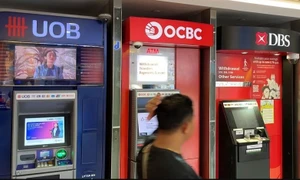
(Paymentjournal) MiCA “is intended to close gaps in existing EU financial services legislation by establishing a harmonized set of rules for crypto-assets and related activities and services. Among other things, MiCA imposes restrictions on the issuance and use of stablecoins.” Bank of Italy governor Ignazio Visco made some comments at a recent event about the benefits that DLT offers, such as cheaper cross-border transactions and increased financial system efficiency. These are quite active use cases, as we have pointed out in various research pieces.
B2B (or corporate banking) uses of course go beyond cryptos, although central bank digital currencies (CBDCs) and crypto, in general, aims to solve for key issues in corporate banking and payments such as reducing settlement times to zero, adding new choices for liquidity, creating transparency across the transaction life cycle, and improving security through a cryptographic payment. For major financial institutions, the largest area of interest seems to be in the technology of blockchain rather than the currency at large.
The article from Kitco goes on to talk about how Italy had generally low investment and interaction with cryptos up until the recent 2022 market woes, and therefore it didn’t experience the types of financial issues seen elsewhere. Governor Visco estimated the number of Italian households that own crypto assets at 2% and said those holdings were “modest amounts on average,” while the “exposure of Italian intermediaries to these markets is also very limited.” There are some other points made regarding various suggestions and project submissions being fielded, both from within and outside of Italy.























